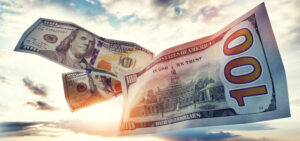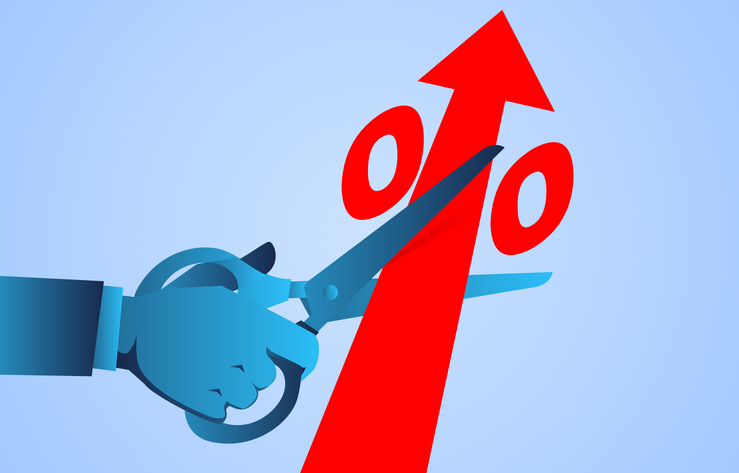Americans Panic over Soaring Inflation, Buying Conditions Hit The Worst on Record
The comments below are an edited and abridged synopsis of an article by Tyler Durden
Last month, Durden noted that there was a sudden negative change in the US economy as consumer spending collapsed. One month later, it is worse.
While overall consumer sentiment staged a modest rebound from last month’s dismal plunge, the internals went from bad to worse. Purchases of household durables fell again in September to a low reached during the inflation of 1980 when Volcker hiked rates to 20%. Sentiment for buying vehicles and homes was similarly the worst in over 40 years, with the declines due to (what else) high prices.
A University of Michigan study found that, although declining living standards were more frequently cited by older, poorer and less educated households, complaints about rising prices have increased among younger, richer and more educated households. Recent income gains rose slightly, and net household wealth rose, especially among those with incomes in the top third. In other words, the transitory hyperinflation is now crushing everyone.
UMich admits that “the main alternative is that inflation will not be transient but will rise further due to an unprecedented expansion in fiscal and monetary policies. The resulting rise in inflationary psychology will lessen resistance to rising prices and stiffen demands for increased wage gains.”
This would also be the moment when the Fed officially loses control of inflation expectations, which means that with every month that transitory inflation keeps rising, and the realization that transitory is in fact permanent, we near the final alternative for how consumers view inflation.
With the US economy sliding into stagflation, we can expect a collapse in real wages that prompts consumers to shift from cautious to euphoric, and buy everything they can to preserve what purchasing power they still have. This is also the first step in the progression to hyperinflation.


